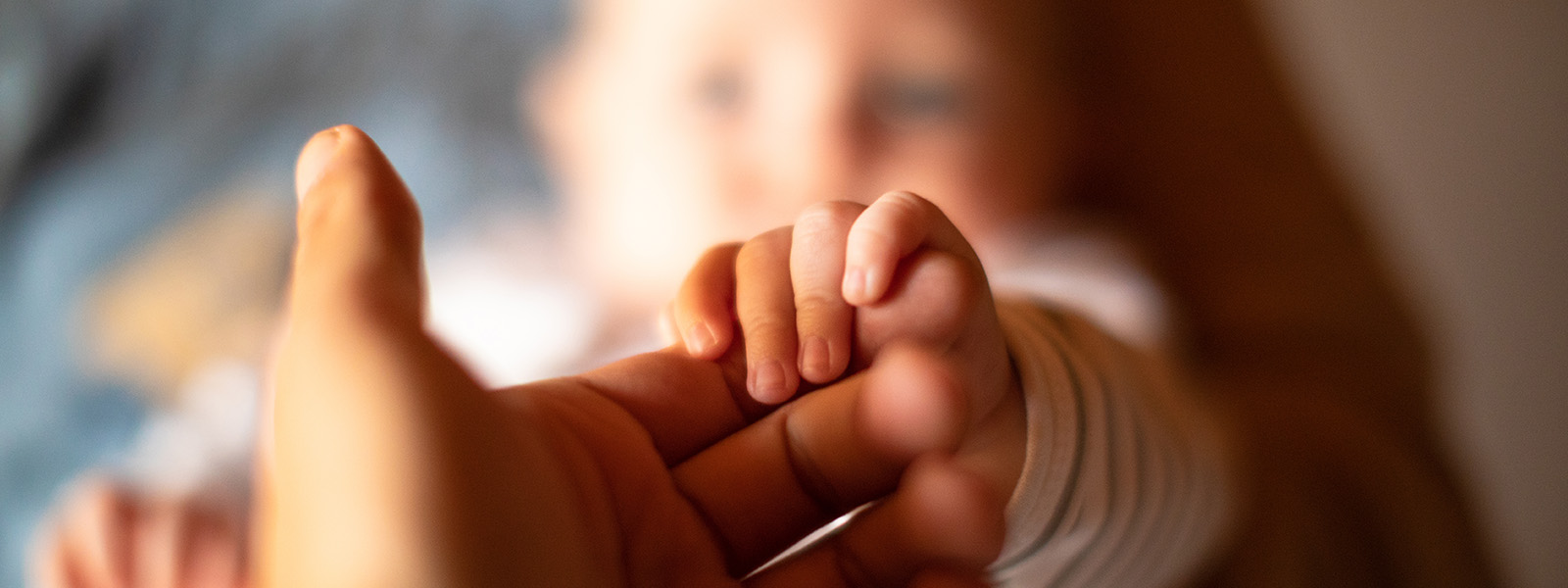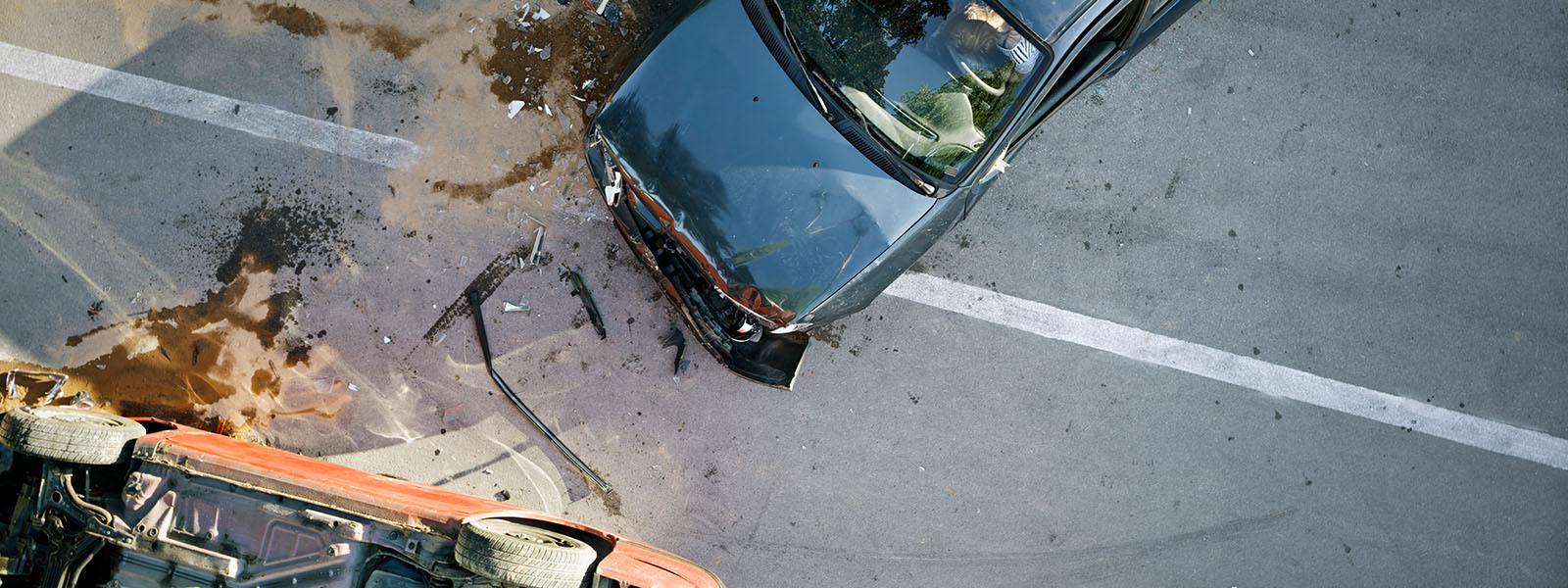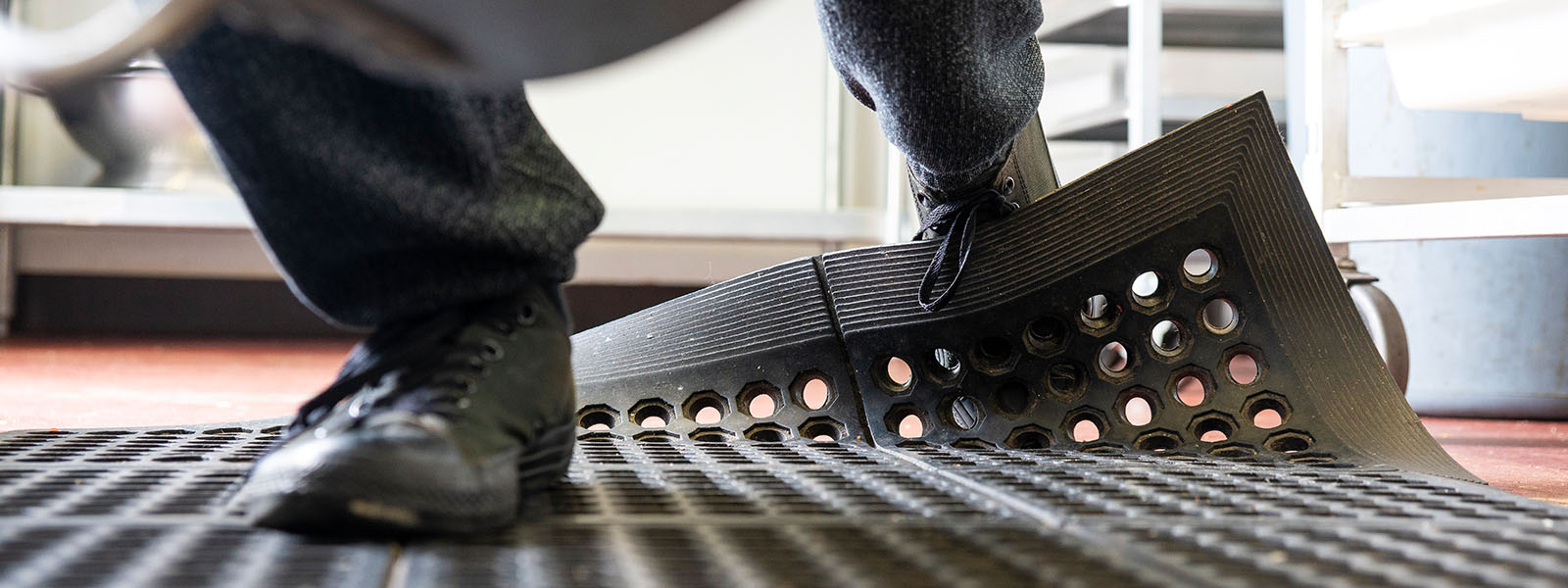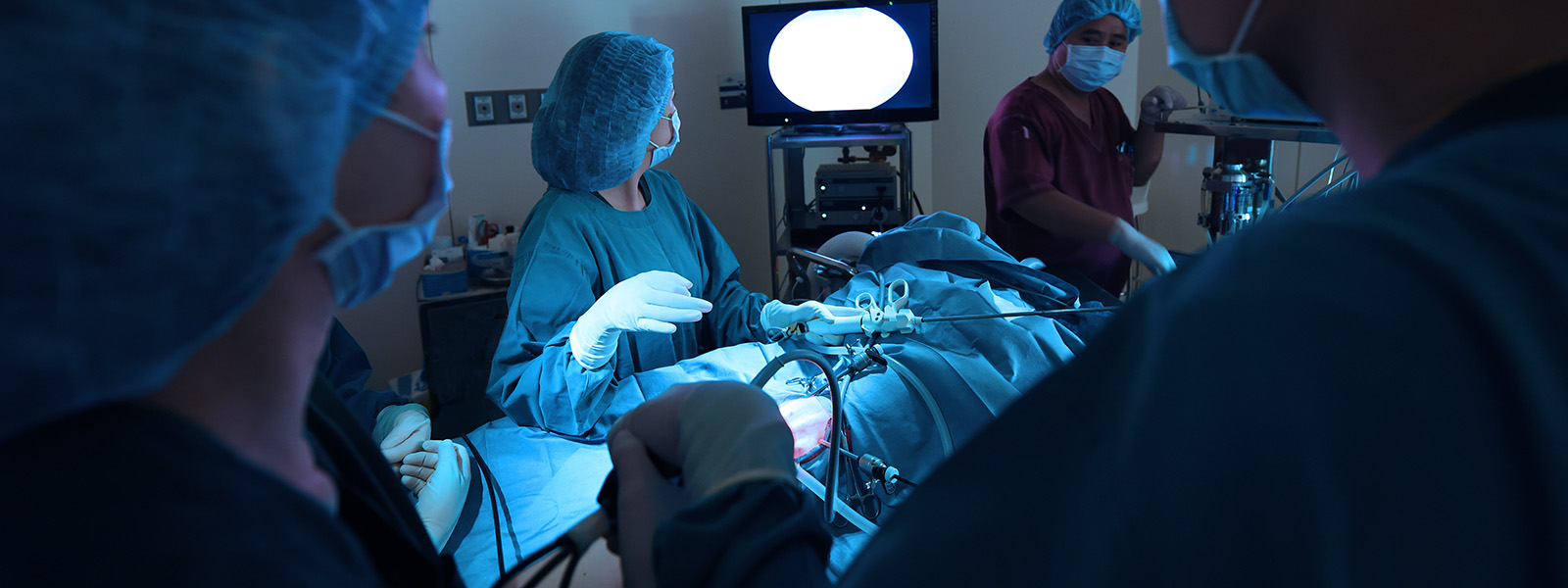If you’re preparing to have a child or are already pregnant with a child, you might have started to do some research to help make sure that your child is healthy! One of the things that you might have come across during your research is the term “birth injury.” In case you’re still not sure what a birth injury is, it is a type of medical malpractice that you – or your baby can suffer – that can end up causing severe and permanent harm to your baby. A common issue that can crop up as a result of a birth injury is cerebral palsy. Indeed, one of the most common consequences of a severe enough birth injury will cause cerebral palsy in your child. However, as you may have realized from the wording, there are a few other birth injury possibilities that might also cause cerebral palsy. If, when it comes time to have your baby, you think that you or your baby might be a victim of anything listed in this article, contact another doctor and also contact a cerebral palsy birth injury lawyer. You might be eligible to make a settlement claim and gain some money to try and increase your child’s standard of living.
Cerebral Palsy
According to the CDC, “Cerebral palsy is a disorder that affects a person’s ability to move and maintain balance and posture. [It] is caused by abnormal development of or damage to the brain.” Some people with cerebral palsy will also suffer from other conditions such as intellectual disabilities, seizures, vision, hearing, or speaking problems, spinal deformities, or joint issues. It’s bad news all around, and to know that it could be caused by medical malpractice is heartbreaking.
Causes of Cerebral Palsy
Most cases of cerebral palsy are due to genetics. Unfortunately, if a bad hand of the genetic lottery is the cause of cerebral palsy, there isn’t much that can be done to prevent it. However, birth injuries are to blame for about 20% of cerebral palsy cases in children. The main cause of cerebral palsy is a severe lack of oxygen to the child’s brain during development, called neonatal anoxic brain injury, or, even worse, significant trauma to the baby’s head during labor or delivery.
Trauma
Sometimes, if a baby is stuck or if the baby is in an odd position that might make for a difficult birth, the doctor might attempt to get the baby from the mother’s womb using forceps or a specialized medical vacuum. However, both of these carry risks of inducing trauma onto the child, which, if severe enough, can result in varying levels of cerebral palsy severity for the baby. If a doctor is even the slightest bit too forceful using forceps or in a vacuum delivery, your baby can have permanent and irreversible health issues. A vacuum-assisted delivery injury lawyer may be what you need if this medical malpractice happens to you and your baby.
Birth Complications
Other complications that might occur during birth can also cause cerebral palsy. Complications such as a placenta detaching, the uterus rupturing, or issues with umbilical cord prolapse . . . all of these can negatively affect a baby and make it hard for them to get the oxygen they need. A lack of oxygen in the brain is the cause of most cases of cerebral palsy. It is the on-site medical professional’s job to make sure that, in the event of fetal distress in your baby, they act swiftly – but with care – to get oxygen to the baby as quickly and safely as possible. Anything less might lead to them being sued under the umbrella of medical malpractice.
Other Causes of Cerebral Palsy
Realize that, if you’re thinking you’ve been a victim of medical malpractice, you will only have a leg to stand on if your baby’s cerebral palsy was caused by a doctor’s negligence. However, a majority of cerebral palsy cases are – unfortunately – caused by genetic deficiencies. If this is the case, there might not be anything you can do, and there also isn’t anything you can do to prevent it. But in all other situations, there are things that the mother can do to try and lessen the chance – assuming that the doctors hold up their end of the bargain and don’t cause a birth injury – of cerebral palsy in their child. Some of these things are:
- Be as healthy as possible before pregnancy
- Get vaccinated for certain diseases (such as chickenpox and rubella) before becoming pregnant
- Try to prevent twins, triplets, quadruplets, etc.
- Get frequent prenatal care
- Wash your hands often to try and prevent infections that might put the baby at risk
- Contact a medical professional if you get sick so they can help you manage the sickness in a way that won’t harm the baby
- Get the flu shot
- Compare your blood type with that of the baby and work early to prevent problems that might crop up if the baby is a different blood type than the mother
- Try to mitigate risks of potential preterm birth
- React quickly and in the most efficient way possible if your baby shows severe signs of jaundice
- Vaccinate your child against certain diseases as soon as doing so won’t harm them
Medical Malpractice
If you’ve done all these things and you don’t have a genetic history of cerebral palsy, but your child still ends up with cerebral palsy, you might be a victim of medical malpractice. If this is the case, and you believe that you or your baby are victims of medical malpractice, contact a lawyer or other knowledgeable professional who will work with you to get justice for the crime committed against you. A Cerebral Palsy Birth Injury Lawyer will be well versed in the complexities of birth injury malpractice cases and can guide you through this difficult time in order to get the compensation you deserve. Call the experienced team of lawyers at McEldrew Purtell at (866) 721-8431 or fill out or form here for a free consultation on your case today.









